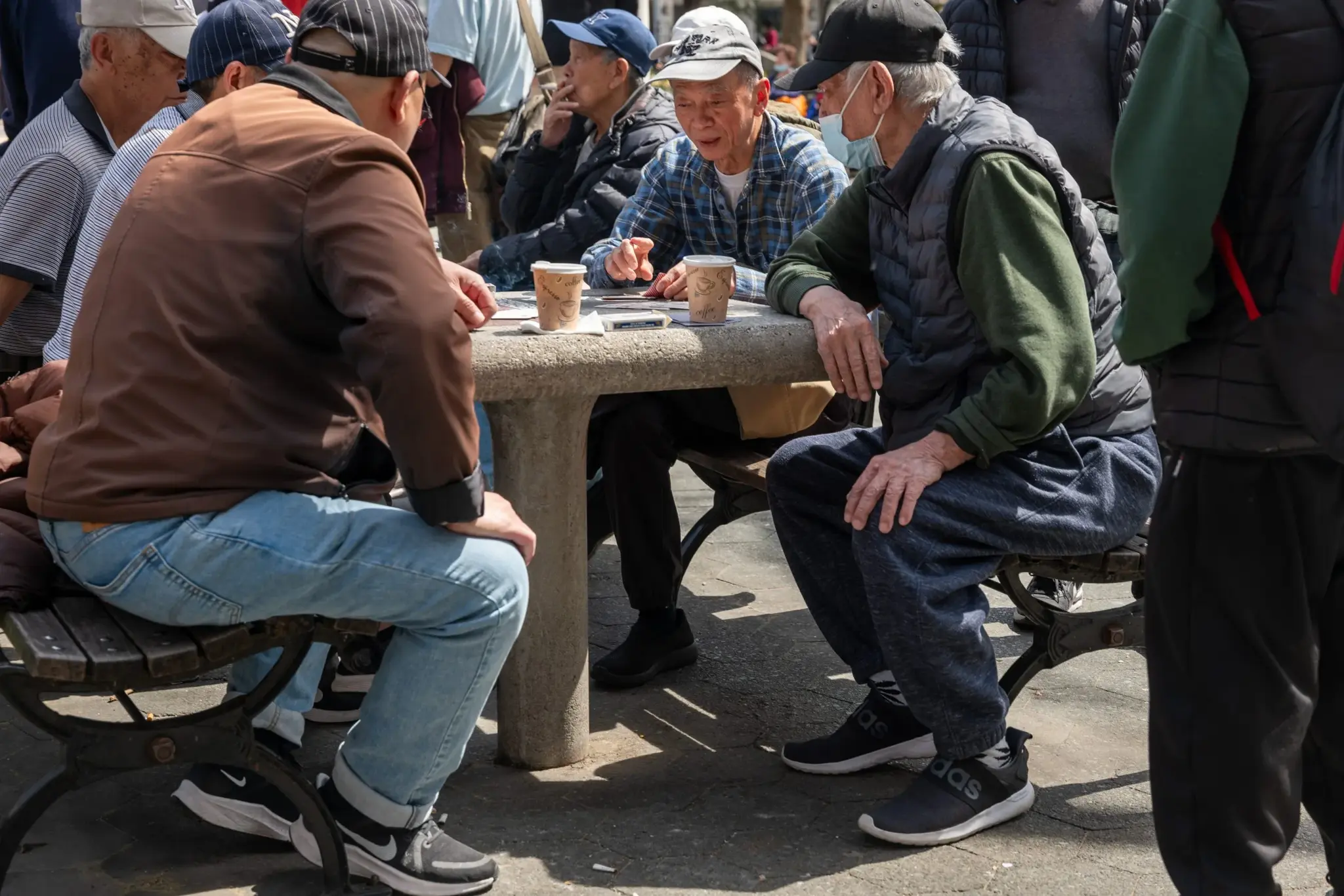Demographically, Queens has a “majority-minority” population of which nearly half are immigrants. Of all the boroughs in New York City, it also has the largest recent increase in older adult residents. These outcomes reflect both broader historical and recent national trends of increased conservatism among older voters. However, New York City’s progressive and grassroots organizations are seeking to challenge this trend through intergenerational organizing, focusing specifically on labor, housing, and community activism. Many of these efforts began at the start of the pandemic; at their foundation is an earnest commitment by organizers to build meaningful relationships and intentional strategies to make community engagement more accessible and relevant to the lives of their neighbors.
Many politically left-leaning organizations focus their energies and resources on courting Gen Z and millennial stakeholders, rather than integrating an older voting base. Prism spoke to several groups in New York City about engaging older residents by providing tailored services, political education, and opportunities for reciprocal education between youth and elders, among other critical organizing efforts.
CAAAV consists of two primary organizing projects: one working with youth and elders in Manhattan’s Chinatown and another focused on working-class Bengalis in western Queens. Akhtar told Prism that organizing around issues related to housing has proven to be a powerful pathway to engage entire families, with grandparents, in-laws, parents, and children often participating in the same meetings. The goal of this intergenerational organizing is for communities to arrive at a deep investment in solidarity and class alignment.
“We love community as a beautiful thing,” Akhtar said. “But we have clarity that we need more power. We’re trying to win material changes in our society and increase power and decision-making.”
Akhtar underscored the importance of reciprocity and education in building an age-inclusive, culturally inclusive space. This is why CAAAV’s organizing combines theory with practice, emphasizing political education around capitalism to help workers of all ages understand how class shapes their lives. Akhtar told Prism that when discussing strategy, the organization’s older resident organizers often reference history and tactics used by unions they were a part of in their home countries. Meanwhile, youth who are more comfortable strategizing in English tend to thrive in smaller breakout groups and often discuss their experience growing up in multiracial spaces. This dynamic has shaped anti-racist practices within the organization, while also allowing youth to share their experiences with elders who hold real pain regarding their treatment as immigrants in the U.S.
The unique needs of the organization’s member-leaders shape many of CAAAV’s structural investments. The organization provides child care, interpreters, and meals at meetings, and organizers consider the timing, place, and local conditions to maximize attendance.


